When we decided to bring snails into our home, it was with the goal of learning more about microhabitats, decomposers, and the intricate ecosystems that exist right under our noses. Keeping milk snails has provided an incredible hands-on educational experience for our family. Though it took us some time to get the hang of providing the proper habitat for these fascinating creatures, once everything was settled, we discovered just how amazing and captivating they are to observe. In this guide, we'll share our journey and provide you with everything you need to know about keeping milk snails as pets, from their origins to their care requirements.
In this Entry:
- Meet the Milk Snail
- Creating The Perfect Habitat
- Feeding Your Milk Snails
- Maintenance & Care
- Enjoying Your Milk Snails
MEET THE MILK SNAIL
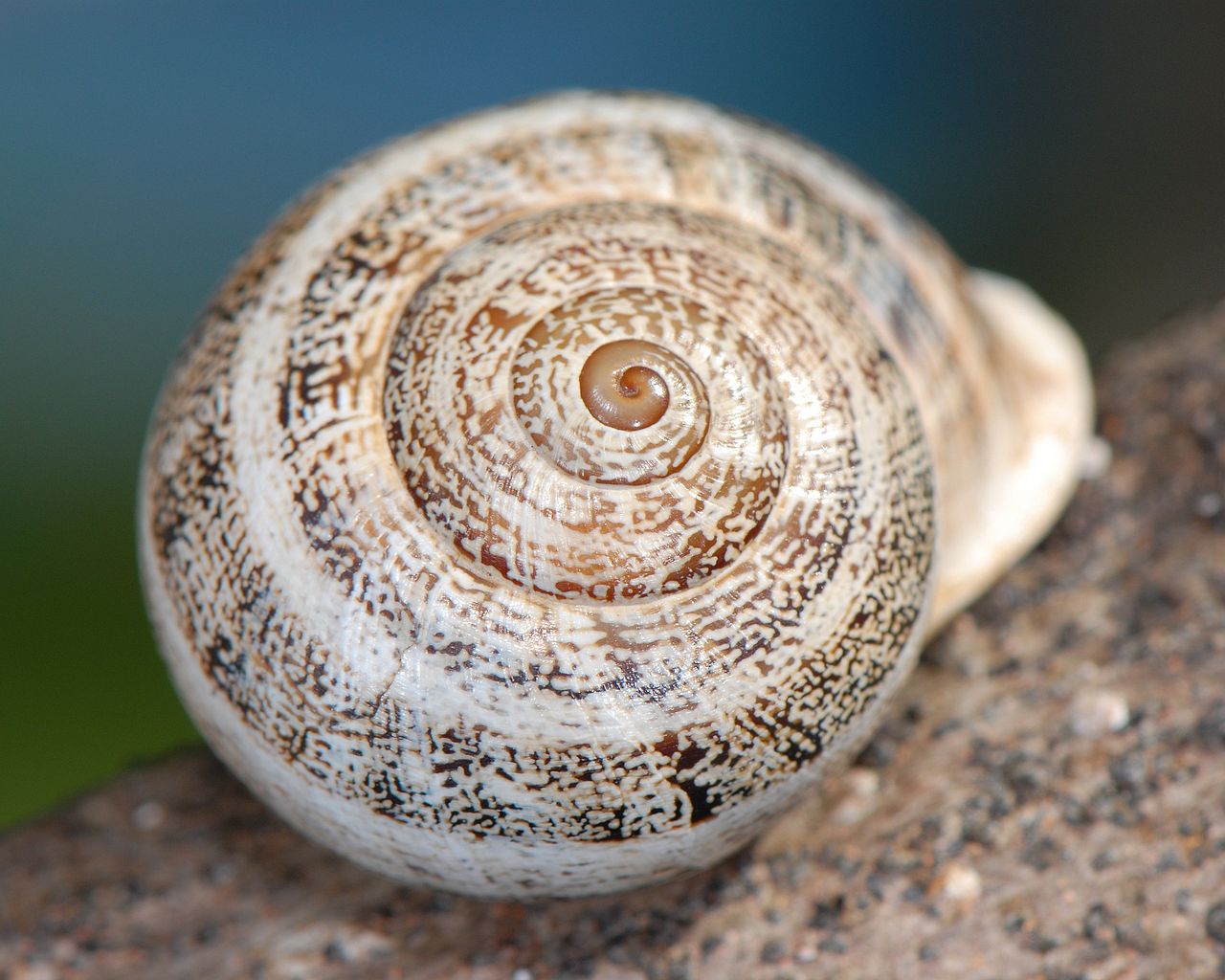
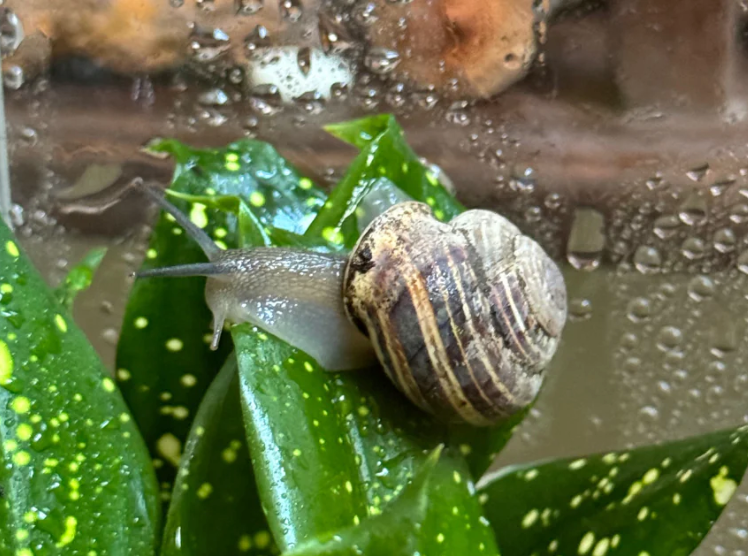
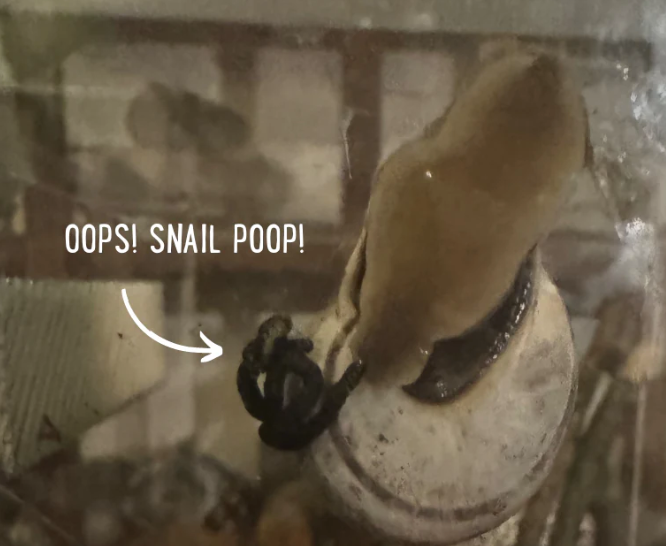
Native Habitat:Milk snails (Otala lactea) are native to the Mediterranean region, specifically found in countries such as Spain, Portugal, and parts of North Africa. They thrive in warm, humid environments and are often found in gardens and grassy areas. It's crucial to note that milk snails are considered invasive in many regions outside their native habitat. Therefore, never release them into the wild as this can disrupt local ecosystems.
Purchasing Milk Snails:When it comes to purchasing milk snails, it's important to source them responsibly. My Happy Snails offers a reliable and ethical option for acquiring these delightful creatures. You can visit their website at My Happy Snails to explore their selection of milk snails and other invertebrates.
CREATING THE PERFECT HABITAT
To keep your milk snails happy and healthy, you'll need to create a suitable habitat that mimics their natural environment. Here’s a step-by-step guide to setting up their enclosure:
Choosing the Enclosure:A glass or plastic terrarium is ideal for milk snails. Aim for an enclosure that is at least 12 x 12 x 12 inches for a small group of snails. Ensure the terrarium has a secure lid with ventilation holes to maintain air circulation while preventing escapes. For an easy and suitable option, you can use this terrarium, which is appropriate for a couple of snails.
Substrate:Line the bottom of the enclosure with a 2-3 inch layer of substrate. Coconut coir or a mixture of soil and sphagnum moss works well. Ensure the substrate is kept moist but not waterlogged, as milk snails require a humid environment to thrive.
Humidity and Temperature:Milk snails thrive in humidity levels of 70-80%. Mist the enclosure with water daily to maintain these levels. Keep the temperature between 70-75°F (21-24°C) to mimic their natural habitat.
Decoration:Include items such as cork bark, branches, and plastic plants to provide hiding spots and climbing opportunities. Avoid placing any rocks or hard objects in the enclosure, as snails can injure themselves if they fall and hit these surfaces.
Clean-Up Crew:If you wish to keep your enclosure even cleaner, consider adding isopods as a clean-up crew. Isopods help manage mold and snail feces, creating a healthier environment for your snails. If you opt for a bioactive habitat with a clean-up crew, you can also add live plants and moss to the enclosure, like we have opted to do at home.
FEEDING YOUR MILK SNAILS
Milk snails are herbivores and enjoy a varied diet of fruits, vegetables, and leafy greens. Here’s a list of foods they love:
- Leafy greens (lettuce, spinach, kale)
- Vegetables (cucumber, zucchini, carrots)
- Fruits (apple, strawberry, banana)
A Special Mixture for Milk Snails: To ensure your snails get all the necessary nutrients, you can prepare a special mixture. Combine the following ingredients:
- 1 part powdered calcium (crucial for shell health)
- 1 part crushed eggshells or cuttlebone (additional calcium source)
- 1 part oats or wheat bran (fiber)
Moisten this mixture and provide it for the snails every other day. Additionally, always provide a shallow dish of fresh water for them to drink from and bathe in.
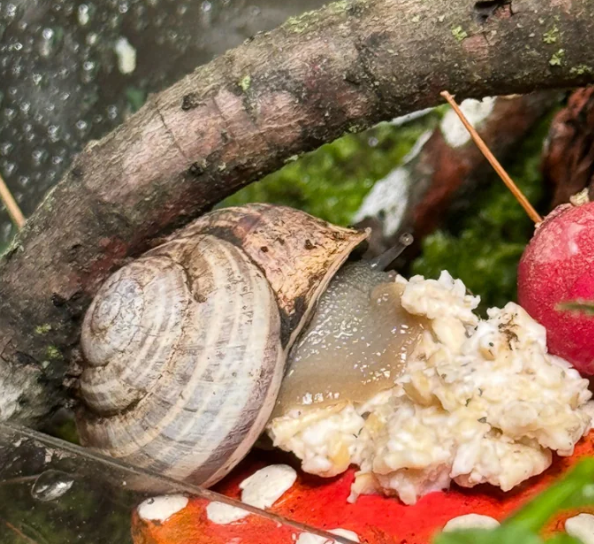
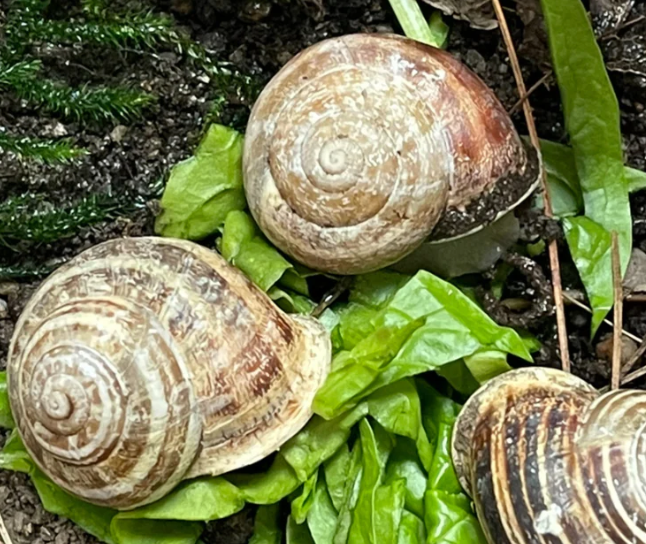
MAINTENANCE & CARE
Keeping the enclosure clean is essential for your snails' health. Remove uneaten food daily and replace the substrate every few weeks to prevent mold and bacteria buildup. Regularly mist the enclosure to maintain humidity levels.
ENJOYING YOUR MILK SNAILS
Milk snails are fascinating to observe as they explore their environment. An active snail is a happy snail! While they are low-maintenance pets, they still require attention to their habitat and diet to thrive. If snails hibernate (they'll likely bury themselves or seal their shell), it means that the conditions are likely less than ideal with either the humidity or temperatures, and you'll need to adjust something. With the right care, these gentle creatures can live up to 5 years, providing you with years of enjoyment.
Important Reminder: Remember, never release milk snails into the wild. They can become invasive and harm local ecosystems. If you ever need to rehome your snails, reach out to other hobbyists or organizations that can take them in.
Milk snails make wonderful pets for those interested in unique, low-maintenance animals. By providing a proper habitat, diet, and care, you can ensure your milk snails lead healthy and happy lives. Ready to start your journey with these delightful creatures? Visit My Happy Snails to find your new pet today! And don't forget to check out this terrarium, perfect for housing a couple of milk snails comfortably.



